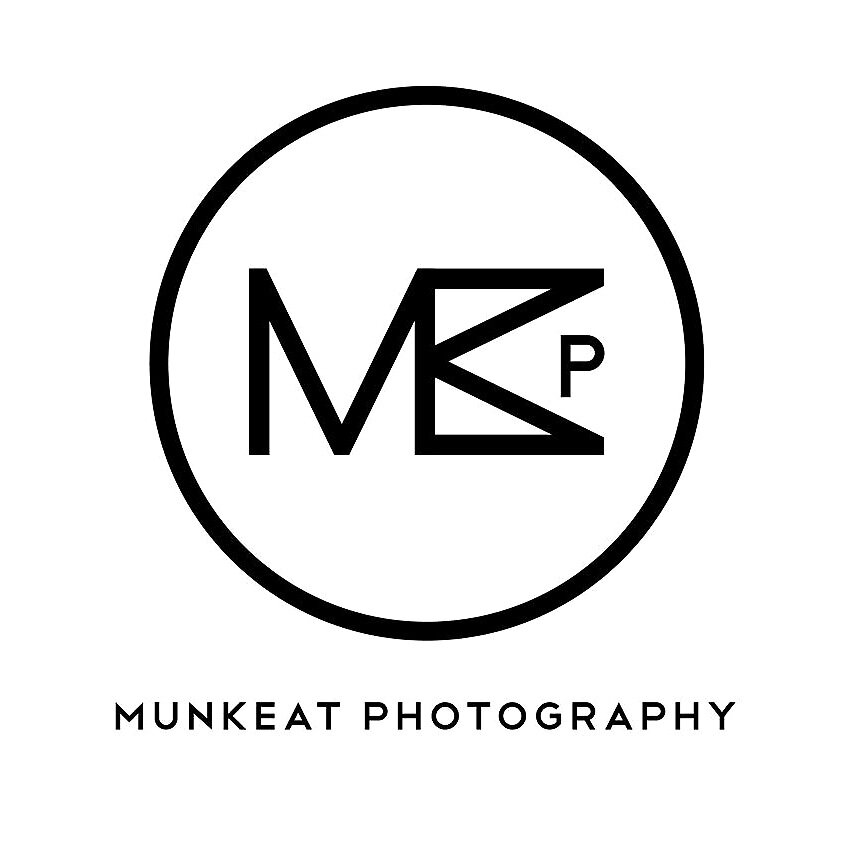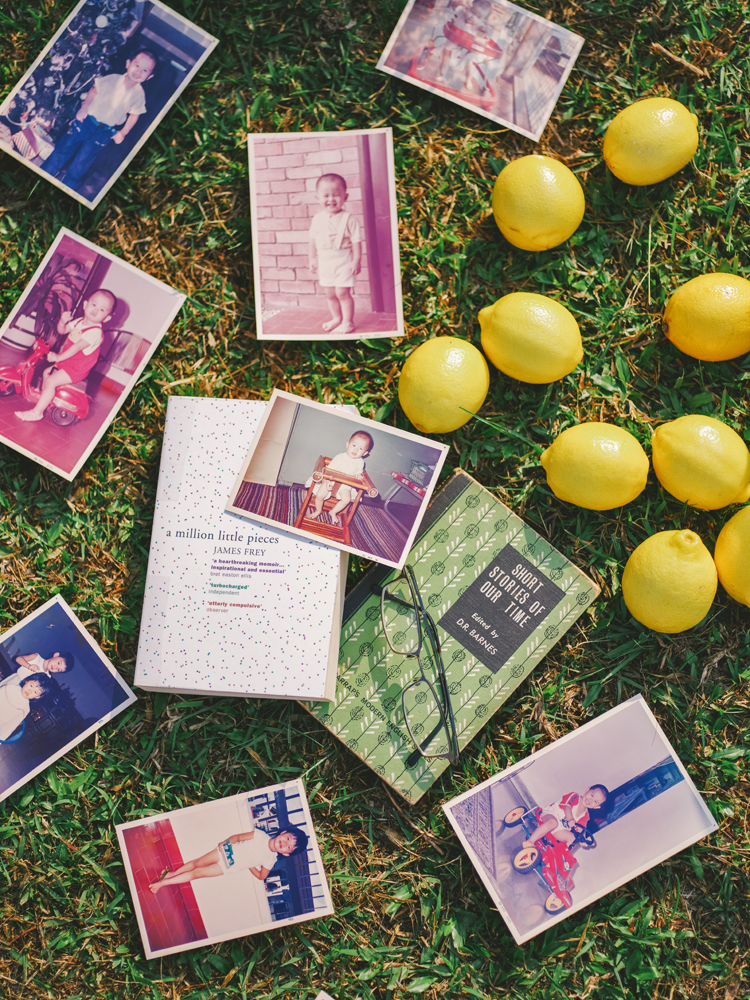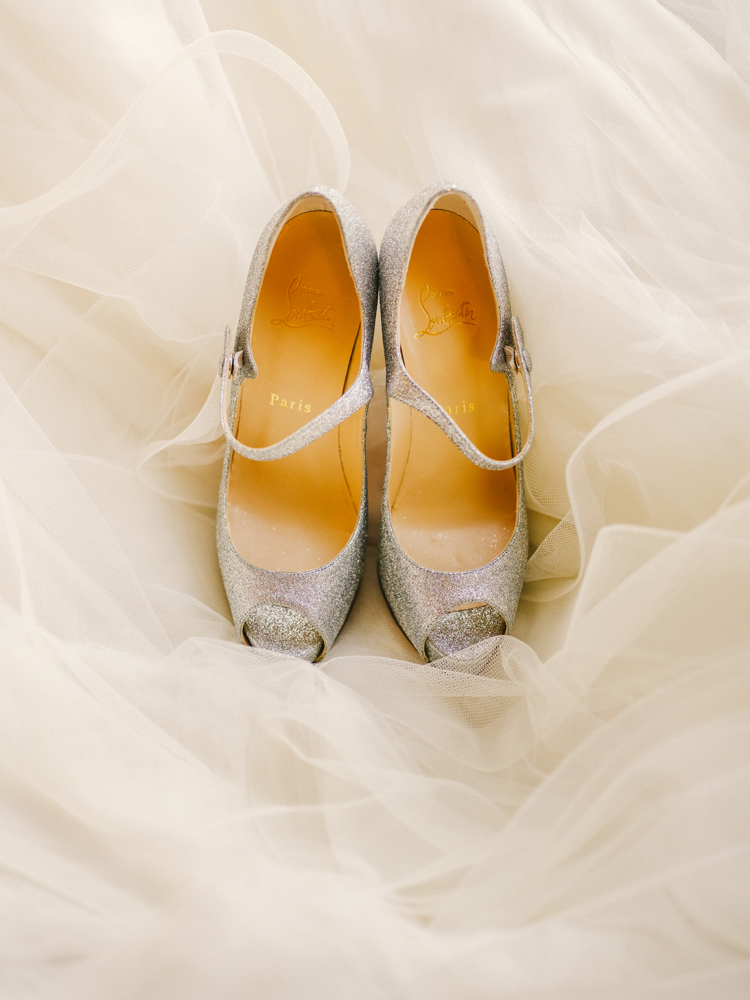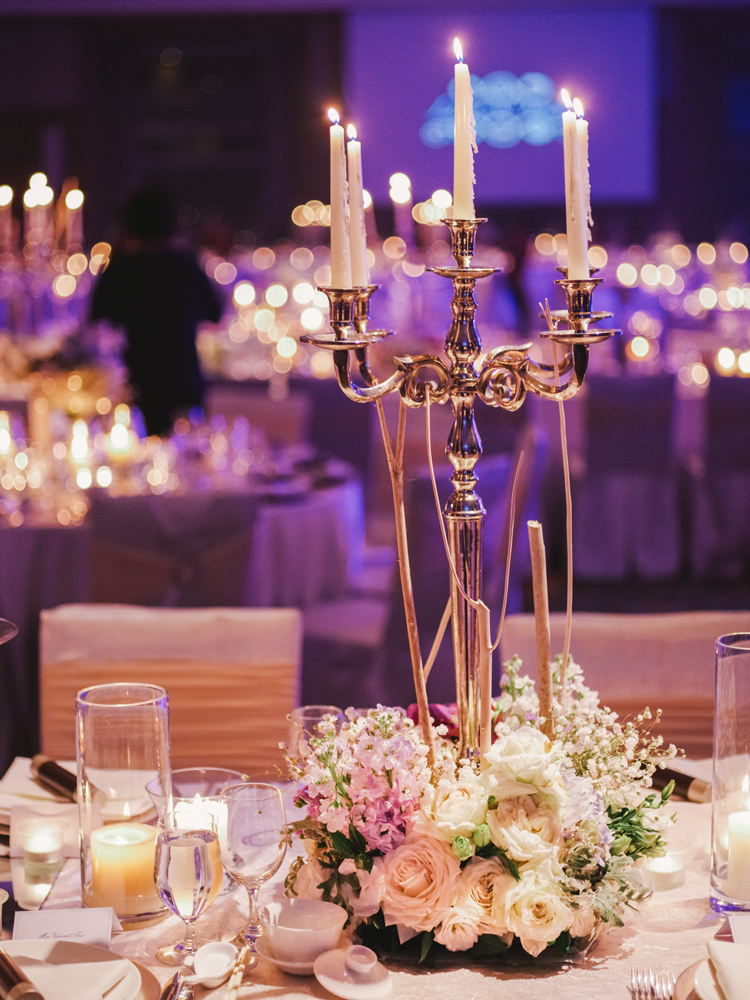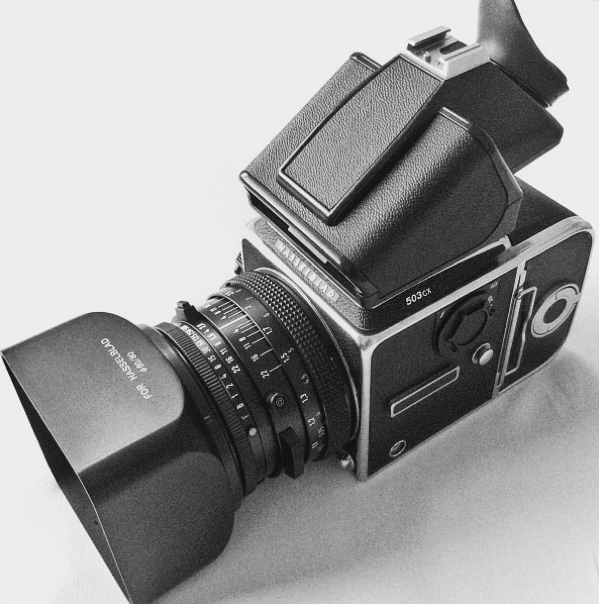The Rolleiflex SL66 is one of those under dogs camera which is not very popular among film shooters. I would say it's a hidden gem among all the 6x6 cameras. Those who love shooting in the studio would go for the ever so popular modular Hasselblad 500cm due to it's wide lens selection, additional motor winder / grips, optional finders, as well as Polaroid back options. Street and travel photographers would prefer the slightly lighter and smaller fixed lens Rolleiflex TLR like the 2.8 f or 3.5 f. This SL66 I would say it's actually a beast on it's own. I had this camera for almost two years now and have taken quite a lot of images with it and it never fails to surprise. Here are 6 reasons why you should own one !
1. Best for close up portrait - The SL66 is the only few 6x6 format camera which has a bellow besides Mamiya C330. Bronica, Hassellad, Pentacon, Minolta Autocord, Yashica TLR as well as it's siblings Rolleiflex TLR doesn't offer this option. The bellow enable you to do close up portrait without having to pay for additional extension rings and lenses.
2. It has the amazing Zeiss Plannar 80mm f2.8 - This is the legendary lens which is found on the amazing Hassie as well as the Rolleiflex 2.8f . The 80mm f2.8 Planar has gorgeous rendition and color reproduction. It's constantly spot on and the focal length is very usable. With an added bellow and reverse mount option for close up macro , the possibility is endless without spending a single penny ! For a Hassie, you would need to buy multiple close up extension rings for the same effect.
3. It has tilting bellow ! As far as I know, only the SL66 has a tilting bellow for 6x6 format which gives your the flexibility of correcting your perspective like a tilt-shift lens. ( minus the shift of course ) . This gives a lot of flexibility for the user to control the focus point and to creature your signature look.
4. Modular - Just like the Hasselblad, the SL66 is just as flexible. You can customize and swap out any parts of the camera as you wish, from the focusing screen , finder, film back , lens, grips and etc. This is never a dull moment with this camera.
5. Fully mechanical - The SL66 is a full mechanical camera, hence there is no battery needed for operation. I always love full mechanical camera as it will just keeps going on and on. A good CLA will bring this camera back to life in no time. The elder siblings SL66E has a more modern electronic circuit board for the metering but apart from that it's basically the same camera at a fraction of it's price.
6. It's more affordable than a Hassie. Well USED TO be . Comparing in term of price point, the SL66 is a lot cheaper than a regular 500cm and it's packs with tons of goodies. I got mine 2 years ago for around USD 600 mint condition with a 80mm f2.8 lens with hood as well as a Rolleiflex original leather case. A Hasselblad 500cm is selling for around USD 1000 back then due to the fame with the Hassie brand. However SL66 price has gone up recently on ebay hence you might need to hunt around for a decent unit.
